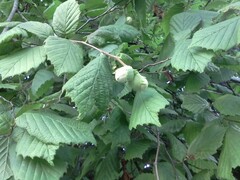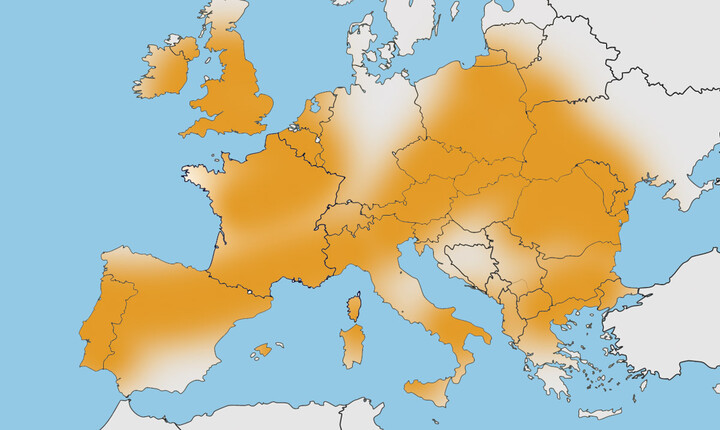Hazel tree
Presentation
A tree loaded with history
Our four-star campsite Les Jardins de La Pascalinette ® loves sharing the myths and legends of Provence with you. It’s another way for us to introduce you to the cultural heritage of the Var area, French Riviera-Côte d’Azur. Our Décou’Verte® botanical footpath is also an invitation for campsite guests to travel the world and discover the traditions and customs of countries situated sometimes very far from your favourite seaside campsite.
The hazel tree, for example, is much more than a simple nut-producing shrub!
Its history is woven with legends and anecdotes and its uses span the ages, making it a symbol of resilience and generosity.
In Greek mythology, the hazel tree is associated with wisdom and divination. It is said that Pythagoras, the famous mathematician and philosopher, used to meditate under a hazel tree, seeking divine inspiration for his theorems. Additionally, according to Celtic legend, eating a nut from a sacred hazel tree can grant eternal wisdom.
Associated with magic and health
Hazelnuts are very rich in omega 3, iron and magnesium. We humans love them of course, but they are also a favourite of the squirrels inhabiting our nature campsite! The hazel is a melliferous plant – bees can start feasting on it early in the season, as it flowers at the end of winter.
In Tristan and Iseult, hazel is used in conjunction with honeysuckle to spark love. Indeed, the hazel tree was formerly associated with white magic. Even today, every part of the hazel tree is considered as having medicinal properties.
In addition to its symbolism, the hazel tree has been used for many centuries for its healing virtues.
The Druids considered it a sacred plant, while in popular European tradition its branches were used to make magic wands believed to protect against evil spirits.
Additionally, nuts from the hazel tree were an important food source for many ancient civilizations, providing protein and fat during the winter months.
Today, hazel continues to be appreciated for its versatility. In addition to its delicious nuts, its wood is used to craft furniture, toys and musical instruments.
Identity
| Latin name : | Corylus avellana |
|---|---|
| Family : | betulaceae |
| Genus : | Corylus |
| Species : | avellana |
| Color : | Yellow |
| Origin : | Europe |
| Foliage : | Deciduous |
| Port : | Shrub |
| Height : | 2.5 to 4 m |
| Flowering : | January to March |
| Location : | "Jardin du parc aquatique" (nr. 8 on the botanical footpath plan, near the fence next to the water slides. |
Did you know?
Dowsers use hazel branches and it is said that witches used it to make their brooms!





